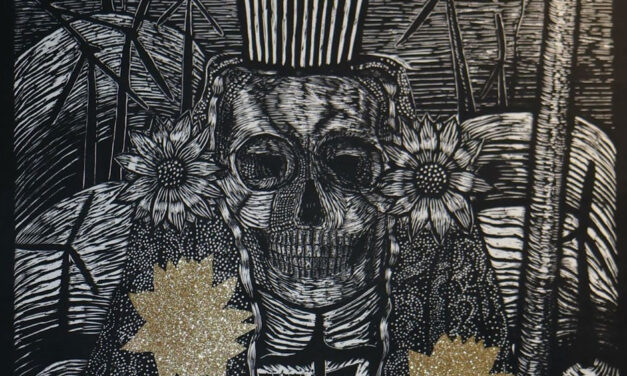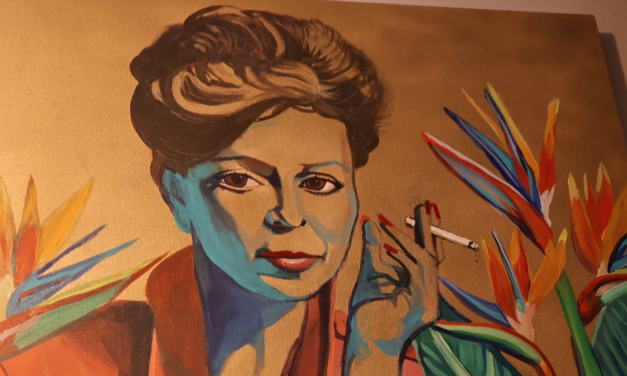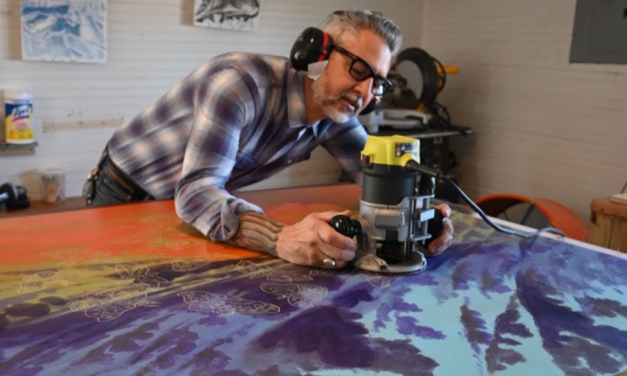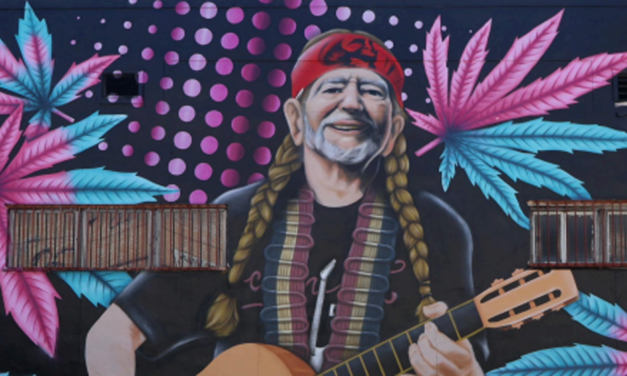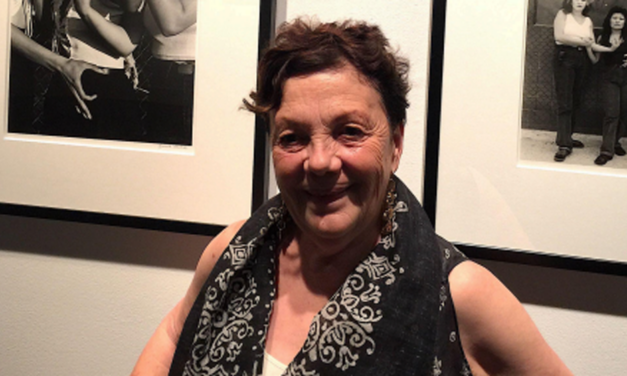The decade of the Sixties was a remarkable time. America witnessed political disruptions, three assassinations, cultural innovation, and conflict, both domestic and international, of an unprecedented nature. There is much to remember about that era. Here I look at two significant events in San Antonio that made national news. The decade of the sixties opened with great promise and hope as Americans elected the young charismatic John Kennedy to the presidency. Kennedy campaigned in San Antonio in September of 1960, shortly after selecting Senator Lyndon Johnson as his running mate. Johnson knew San Antonio well and his knowledge of local politics would be a boost for the Democratic ticket as well as for the Latino community. Kennedy won the state of Texas, giving him a very narrow presidential victory over Richard Nixon.
After his election, President Kennedy appointed Paul Kilday, an eleven term Congressman from the Twentieth District of San Antonio, to the United States Court of Military Appeals. Kilday’s decision to join the Military Court meant he had to relinquish his congressional seat. The special election in 1961 to fill this congressional seat gave Westsiders the opportunity to elect the first Mexican American ever to Congress—Henry B. Gonzalez. The Mexican America community proved able and ready for this opportunity. In the fall of 1961, San Antonians gathered at Las Palmas Shopping Center in the Westside to hear Vice President Lyndon Johnson’s endorsement of State Senator Henry B.Gonzalez. Johnson is credited with inviting the world famous Mexican comedian, Cantinflas to this historical political rally. This campaign helped usher in significant political change for San Antonio. With the help of Vice President Lyndon Johnson, Texas State Senator Henry B. Gonzalez won the 20th congressional seat. The newly elected Mexican American congressman went to Washington in 1961 with great hope and high expectations. Back home, San Antonians were witnessing cultural change expressed in rock and roll music and dance, as well as the advent of feminism, youthful defiance of the “establishment,” and of special significance, the gradual collapse of segregation. How San Antonians handled this new era of greater inclusion says much good about the city. San Antonio had been among the first Southern cities to fully integrate the local schools following the Supreme Court decision in 1954 prohibiting segregation.
By the fall of 1960, newspaper stories of Black athletes excelling in football, track and basketball teams in formerly all white high schools were commonplace. However, these Black high school students could only sit in the “colored” section of the major movie theaters downtown. In the early sixties I witnessed small demonstrations of Black students from my own high school, Fox Tech, marching in front of the Aztec Theater protesting the segregated seating policy. The early months of 1960 also saw a major development in the city’s civil rights posture. Old traditions were withering and young Black students impatient with the progress of change, took the lead to challenge segregation. Across America Black college students led the way in developing new strategies of resistance and confrontation in the civil rights movement. This new strategy gained national attention when four North Carolina college students staged a “sit in” at a “whites only” lunch counter in the Greensboro, North Carolina Woolworth store. The students were beaten and arrested. San Antonio was one of the many southern cities tested that spring by Black student activists. This test to end segregation came on March 16,1960 when Blacks entered the Woolworth downtown department store where lunch counters had long been reserved for white patrons only. Blacks were allowed to shop, but not to eat at the lunch counters.
In the previous weeks, Mary Andrews, a student at Our Lady of the Lake University on the Westside, had assumed the task of requesting six stores to end their segregated practices. City attorney Carlos Cadena instructed the police not to arrest students engaged in peaceful demonstrations. When the stores opened their lunch counters to Blacks the next day, San Antonio became the first city in the South to do so. San Antonians participated in a political revolution and social transformation that set an example for the rest of America. However, the right to sit at lunch counters at local department stores was only a small victory in a long battle that soon shifted to challenging discrimination in voting rights, housing and employment. With the passage of the 1964 Civil Rights Act, segregation was declared illegal. San Antonio Black leaders also praised the passage of the 1965 Voting Rights Act which expanded the rights of Black citizens at the polling booths. As San Antonians celebrate the Tricentennial, the sixties is remembered for Hemisphere 68 and the subsequent opening of the Riverwalk to a new age when tourists came by the thousands to enjoy the jazz bars, restaurants and shopping of the fabled city. Hemisphere 68 succeeded because of the earlier resolutions ending the political exclusion of Mexican Americans as well ending segregated public facilities. It was a young congressman Gonzalez with political connections who secured federal funds to bring Hemisphere 68 to San Antonio.These early civil rights victories were important in that they made San Antonio a model city where racial strife had been avoided and progress in inclusion came at a steady pace. It took many more years, and continued struggles for equality and justice, but other leaders from the Westside, such as Henry Cisneros, Charlie Gonzalez, Julian and Joaquin Castro have provided extraordinary leadership and continue to contribute to making San Antonio a better city.
Celeste de Luna: Latina Artist, Printmaker, and Educator
Facebook Twitter Google+ Gmail Print Friendly Like 0 An exhibit at the Guadalupe Bookstore in San...
Read MoreCristina Sosa Noriega: A Latina Artist with Vision and Creativity
Facebook Twitter Google+ Gmail Print Friendly Like 0 Cristina Sosa Noriega is excited about...
Read MoreRuiz-Healy Gallery Features Latino Artist Ricky Armendariz In New York City
Facebook Twitter Google+ Gmail Print Friendly Like 0 A new exhibit, The Gods Wait to Delight in...
Read MoreLatino Art Enhances San Antonio’s Public Spaces
Facebook Twitter Google+ Gmail Print Friendly Like 0 The lead article of the New York Times...
Read MoreGraciela Iturbide’s Photographs Capture Mexico and Latinos in the U.S.
Facebook Twitter Google+ Gmail Print Friendly Like 0 In the early 1980s Mexican photographer...
Read More

